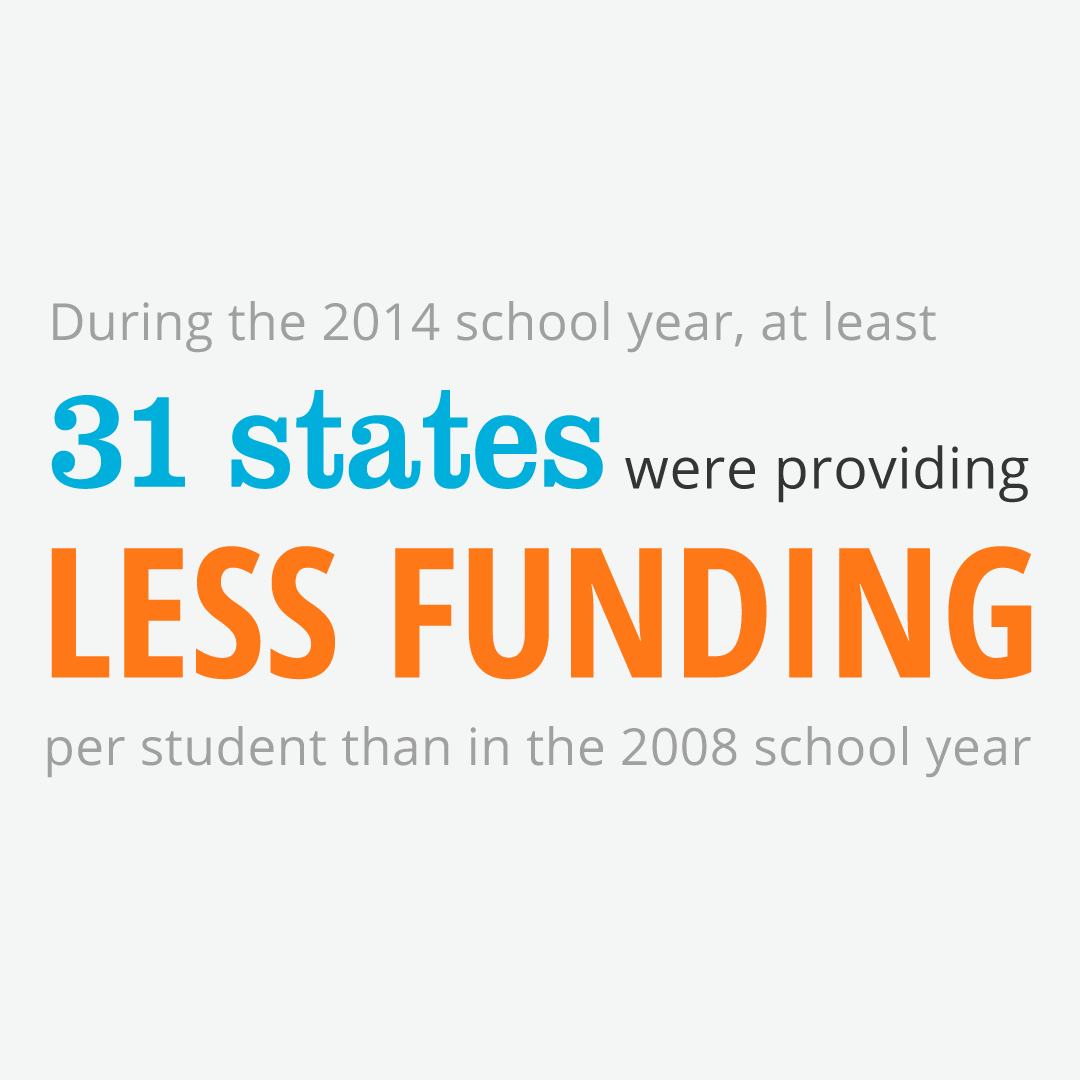On June 8th, the Senate passed on a 68-32 vote, the United States Innovation and Competition Act, a comprehensive piece of legislation to expand funding for science and innovation and to combat China on economic, scientific, and diplomatic fronts. The bill, containing more than 1,400 pages, authorizes $250 billion for basic and advanced technology research, as well as measures to confront foreign competitors, over the next five years. President Biden has endorsed the bill.
The bill incorporates the ASCE supported Endless Frontier Act which would significantly expand funding of the National Science Foundation (NSF). Under the measure, NSF would be authorized to spend $81 billion from Fiscal Year (FY) 2022 to 2026. This would include $29 billion for the new Directorate for Technology and Innovation and $52 billion for other directorates and offices at NSF.
NSF’s entire FY21 budget is $8.5 billion. This funding level would represent a seven percent increase for existing programs each year. The legislation would also create a Chief Diversity Officer at NSF and increase STEM education to enhance the domestic STEM workforce. The legislation also incorporates a series of new programs, including precision agriculture, rural STEM education, quantum information science, skilled technical education, critical minerals, and bioeconomy R&D.
The new directorate would direct basic and applied research, advanced technology development, and commercialization support in the key technology focus areas. In fact, it would be limited to research in ten delineated, if broad, research areas: high-performance computing, quantum computing, disaster mitigation, biotechnology, energy technology, semiconductors, robotics and automation, advanced communication (such as 5G), cybersecurity, and other areas deemed necessary to support the nine.
Beyond NSF, the measure would:
- Authorize $10 billion for university technology centers and innovation institutes to conduct research on the key focus areas.
- Authorize nearly $17 billion for the Energy Department for research and development for energy-related supply chain activities.
- Authorize $10 billion over five years for the Department of Commerce to create regional tech hub programs. A third of the hubs would have to be in rural areas.
- Authorize $1.5 billion to help spur innovation in advanced wireless technologies.
- Require that the iron, steel, manufactured products, and construction materials used in federally funded infrastructure projects be produced in the United States.
- Direct the President to use the full range authority to impose sanctions against people or entities that have stolen US trade secrets or benefited from such theft, as well as sanctions against foreign entities or people that have supported or engaged in cyberattacks or otherwise undermined US cybersecurity.
The bill also contains a rare appropriation within an authorization bill, that would if enacted as currently written, provide money for the following:
- $49.5 billion allocated over 5 years for a CHIPS for America Fund. Funding must be used to implement the Commerce Department semiconductor incentive and R&D programs. Within the fund, the following appropriations are available:
- Incentive Program: $39 billion appropriated upfront and allocated over 5 years to implement the programs. $2 billion is provided to solely focus on legacy chip production to advance the economic and national security interests of the United States.
- $19 billion in FY22, including the $2 billion legacy chip production funding.
- $5 billion each year, FY23 through FY26
- Commerce R&D programs: $10.5 billion appropriated upfront and allocated over 5 years to implement programs, including the National Semiconductor Technology Center (NSTC), National Advanced Packaging Manufacturing Program, and other R&D programs.
- $5 billion in FY22
- $2.5 billion for advanced packaging
- $2 billion for NSTC
- $500 million for other related R&D programs
Passage of the bill in the Senate is only the beginning. The House must now weigh in with their own plan for how to restructure America’s science and technology ecosystem. That vision currently revolves around two bills with broad bipartisan support, the National Science Foundation for the Future Act and the Department of Energy Science for the Future Act. Both are slated for a full committee markup next week. The measure differs significantly from the Senate bill.























































